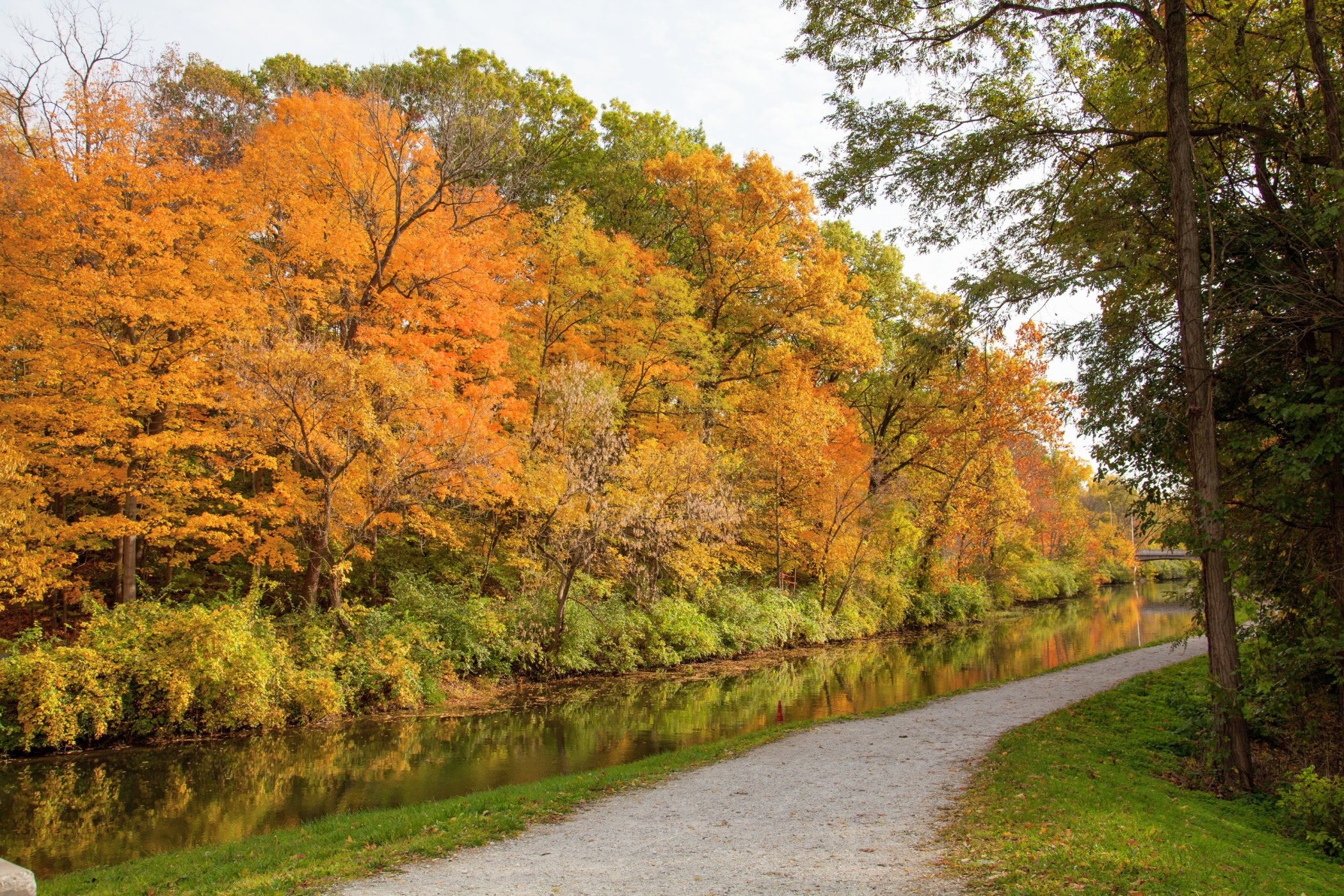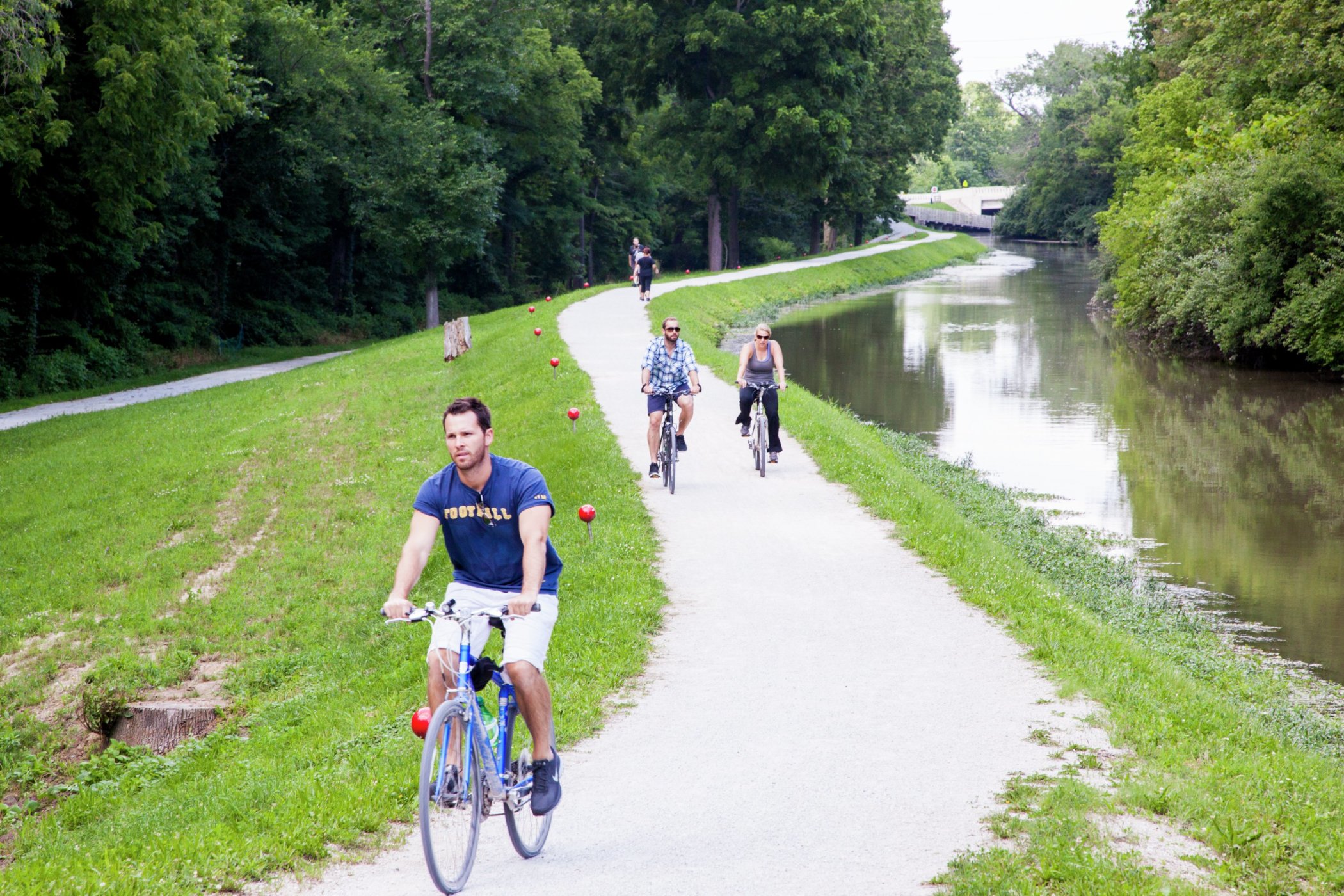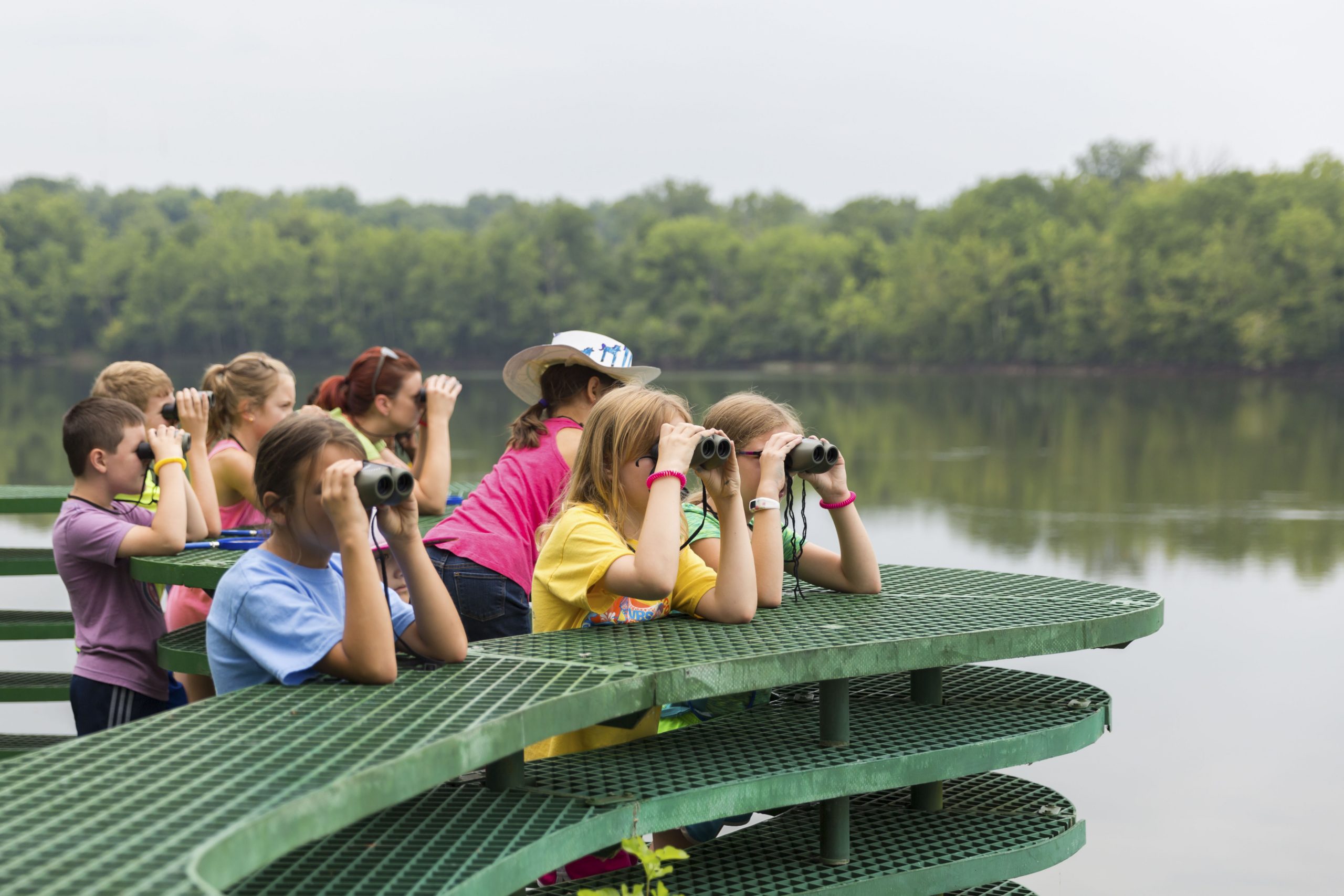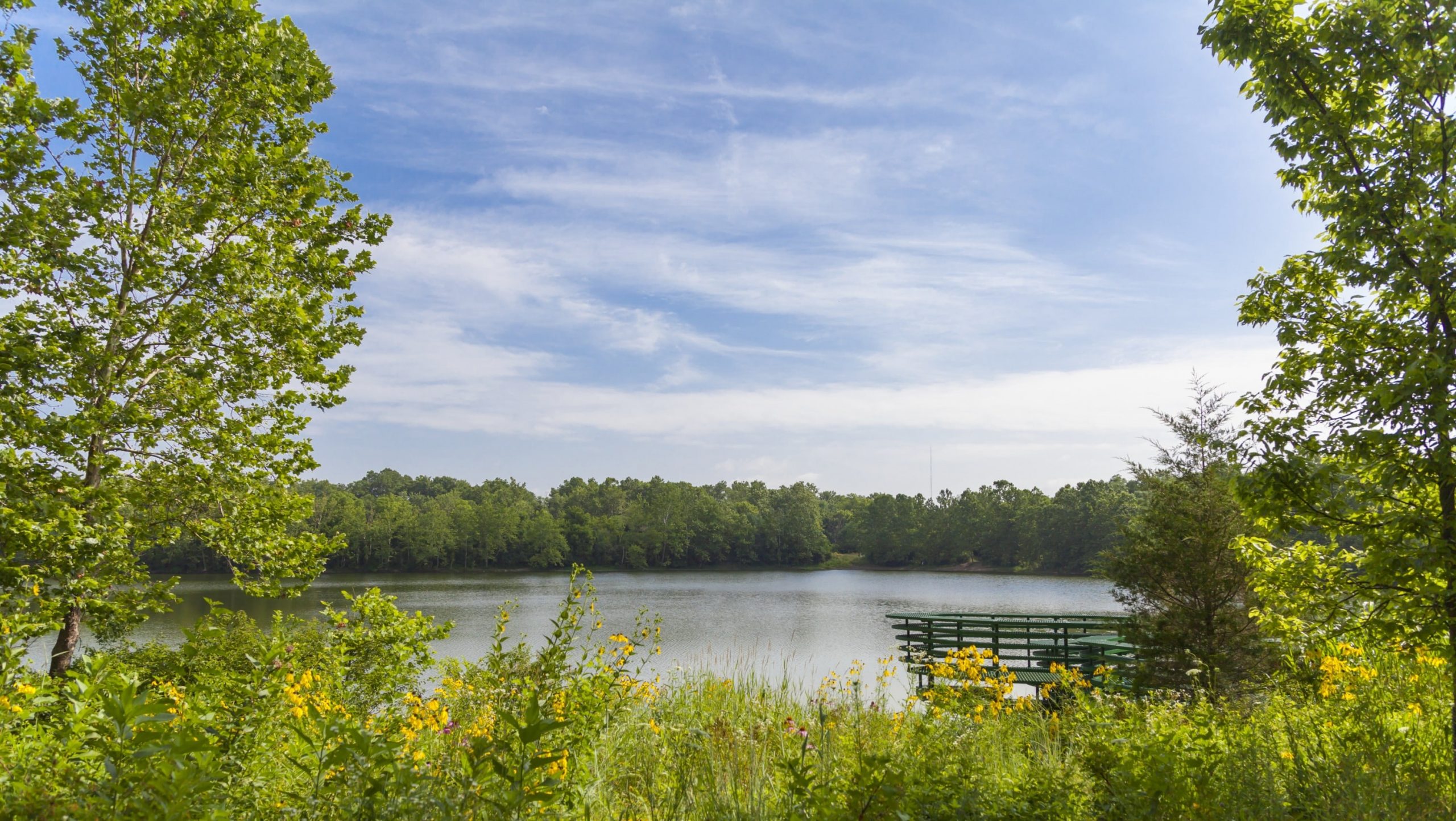Artful Stewardship of Nature in Indiana
Dotted with forest, wildflowers, bird watching stations and art installations, the 100-acre Virginia B. Fairbanks Art and Nature Park at Newfields is a stunning place where visitors can appreciate native Indiana plant communities due to the long-term restoration efforts of its land management program.
Just five miles from downtown Indianapolis, the Newfields campus consists of beautiful galleries, gardens, and a historic property – including the Virginia B. Fairbanks Art and Nature Park: 100 Acres, all bringing together nature and the arts. The Art and Nature Park is a floodplain forest of mixed hardwoods filled with white oaks, dogwoods, carpets of trilliums, and much more. To draw parallels between art & nature, there are six contemporary art installations with varying connections to nature throughout the Park. But the idyllic blend of native species and striking art was quite an undertaking, with decades of work going into taking a property with a heavy disturbance history into a haven for native plants.
After decades of farming the property had also been used as a quarry. Deposits of gravel left by the flow of the White River, located adjacent to the Park, were excavated to build the local bridge and interstates. Afterwards, a small channel was dug out to connect the White River to the quarry, creating a 35-acre lake – now a centerpiece of the lands. Abandoned, invasive Amur honeysuckle (Lonicera mackii), purple wintercreeper (Euonymus fortunei), and oriental bittersweet (Celastrus orbiculatus), among other early successional non-natives, soon dominated the land. When Newfields began managing the lands in the early 2000s these aggressive non-native invasive plants were (and continue to be) a great challenge.
Newfields has spent more than a decade removing invasive species on more than 40 of the 65 wooded acres. To do so, they have diligently grown their group volunteer program; bringing in big groups of volunteers from businesses and other organizations allows them to accomplish a large amount of work in a short spell. The team has developed effective treatment plans for invasive species found on the property. They also monitor their treatment areas – keeping a wary eye out for any returning invasives. The property will never be free of invasive plants, but the ultimate goal is to create native habitats that have the ability to overcome invasive pressure.
Fortunately, they have also made great strides in returning the Indiana native plant species to the lands. Some remnant sections of forest gave clues as to what the lands looked like prior to the farming, quarrying, and abandonment. With these clues and their knowledge of the Indiana native floodplain plant community, Newfields strives to restore the property to more closely resemble that of the pre-disturbance native Indiana communities that once existed. A diverse and healthy balance of habitat types, the Park consist of floodplain and wetland related species while also displaying other plant communities where appropriate, such as upland meadow plantings that will help support pollinators.
As a result of the team’s efforts, visitors to the Art and Nature park are able to enjoy the beauty of the spring ephemerals – bluebells, trilliums, squirrel corn, bloodroot, and more. They might even catch a view of the rare Royal catchfly (Silene regia), also found on the property. Being part of the Newfields campus, the Park works with fantastic educators, interpreters, designers, and, most excitedly, a diverse audience. Tours, classes, field trips, outdoor events for kids and families all occur on the 100 acres, helping Newfields use the Park to achieve its mission of creating exceptional experiences in art and nature.



